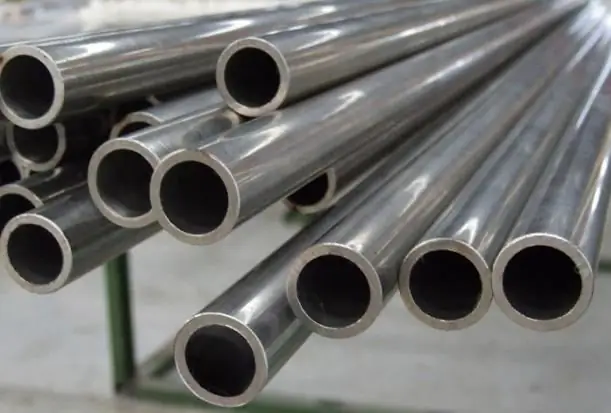2026 Author: Howard Calhoun | [email protected]. Last modified: 2025-01-24 13:10:31
Pure iron is characterized by a limited list of properties and as a base metal is of little interest. But alloys based on it have tremendous potential, you just need to determine the chemical composition and do the right heat treatment.
Most common structural steels

All iron-based steels belong to ferrous metallurgy and have numerous classifications. It is produced according to various parameters: by chemical composition, purpose, content of harmful elements, strength and impact strength, flexibility and many others. Structural - have become the most common in use. Some of them have universal properties and interchangeability.
Structural steel 20 belongs to the medium carbon class, has a ferrite-pearlite structure. The steel is of high quality, that is, it has a reduced content of harmful elements: sulfur and phosphorus. No restrictions on weldability. The optimal combination of strength and plasticity makes it simply a universal material for the production of rolled pipes, parts subjected to subsequent thermomechanical and thermochemicalprocessing (cementing, galvanizing and chrome plating).
G20 found its use

Steel 20, the properties of which can vary over a wide range with the help of chemical-thermal, thermomechanical processing, is most in demand in pipe production in the manufacture of parts with a hard surface and a soft center. These can be shafts, sprockets, gears, bolts, crane hooks, fittings, stamping sheets (corrugated board), nuts and bolts for non-critical fastening. Pipes manufactured from this steel grade are used to transfer gases, steam, non-aggressive liquids supplied under pressure. These are pipes of superheaters, pipelines, high pressure boilers and collectors.
Changing the structure by thermochemical treatment
The same brand can change its characteristics through heat treatment. Steel grade 20 has good plastic characteristics, so products from it are obtained by several methods: casting, cold or hot rolling or drawing. After receiving parts by casting, chemical-thermal treatment can be applied to them. The purpose of this procedure is to obtain a hard, corrosion-resistant wear layer and a ductile soft center.

For this, the finished part is placed in an appropriate environment (lined with a dry carbon-containing substance, placed in a gaseous or liquid medium), after which it is kept from several hours to 1.5 days at high temperature. Mechanic althe processing of parts by this moment should be completed, since after thermochemical processing the product will already have the final structure. The element saturates the upper layer of the product (from 0.3 to 3.0 mm), thus improving its structure and properties.
Depending on the substance used, the treatment is called: cyanidation (zinc coating), carburizing (carbon), chromium plating (chromium). Carbon gives strength, zinc - corrosion resistance, chromium, in addition to all of the above, makes the surface mirror.

Changing the structure by machining
Unlike the previous processing method, which is carried out solely to harden the upper layer of the metal and flexibility in the inner one, thermomechanical processing is one of the shaping methods. Steel 20 can be deformed both hot and cold. Each type has its own advantages and disadvantages. But they are used based on the most needed properties.
Hot forming is applied to products with a wall thickness of more than 5 mm. Since when the metal is heated, scale and a decarburized microlayer (an undesirable structure) are formed, it is not advisable to use this type of rolling for thin-walled parts. However, it has one big advantage over cold forming.

Cold forming is applied to parts that are less than 5mm thick. Only "soft" types of steel are suitable for cold drawing. During rolling, the metal experiencessignificant deformation, or hardening. This leads to an increase in its strength and the presence of high stresses in the structure. Due to its thin walls, such a metal cannot be heated (to spend a vacation, i.e., restore the previous structure). It is more prone to destruction under impact and other dynamic loads. Structural steel pipe (steel 20) differs in manufacturing methods and obtained technical characteristics that affect the application. For the production of each type of pipe, there are state standards, standards, equipment.
Cold-rolled pipes with a straight seam

The production process begins with the preparation of the steel strip. To do this, steel sheets are cut into strips and welded into one long strip. The tape is fed to the bending rolls, where it takes the form of a pipe. The next step is welding. For any design, this is the weakest point. It is completely impossible to eliminate the shortcomings that occur during welding (the appearance of oxides and carbon burnout), but using some techniques, they can be reduced. To join steel 20, electric arc welding in a protective atmosphere of an inert gas (argon) or induction welding (high frequency currents) is used. The pipe undergoes a mandatory weld seam inspection, after which it is cut into parts of the required length and stored.
Cold Drawn Spiral Seam Pipe

Preparation of steel for the production of this type of pipe follows the same process as for pipes with a straight seam. Also identical: welding, control and cutting. Differs onlythe angle of tape folding at which the subsequent seam goes around the pipe in a helical curve. Due to its design features, this method is the most durable. And it can withstand higher tensile strengths than straight stitched products.
Seamless pipes
Seamless pipes are especially strong, they have several advantages: they do not have welded (weak points), there are no stresses in the steel structure, the thickness of the pipes is at least 5 mm. Their production is a more complex process, and therefore expensive. Steel 20 is unique in that pipes can be produced in two ways - cold and hot drawing.
Hot rolled seamless
After heating above 1100ºС, the workpiece is pierced with a sleeve and forms an inner diameter. With further drawing, the pipe takes on the specified dimensions of the inner, outer diameter and wall thickness. During the entire technological process, the temperature of the rolled billet remains high. And only after the final shape is taken, the tube is cooled. During long-term cooling, tempering occurs, all the negative effects of rolling, increased strength and brittleness are removed. When fully cooled, steel 20 acquires the characteristics that it had originally. This technological process involves the production of only pipes with walls of at least 5 mm, and the maximum thickness can reach 75 mm.

Cold drawn seamless
Unlike the previous method, this has a slight temperature nuance. The workpiece heats up, but afterThe temperature of the primary firmware is not maintained by the sleeve, and the workpiece is drawn out in a cold state. This method differs from the hot-rolled method in that it is possible to produce strong pipes with thin walls, while the hot-rolled method only provides for thick walls. For the final structure, these two methods are identical, since after cold rolling the pipes undergo normalization, in which the structure is partially restored and the stresses go away.
This is not the whole list of products based on steel 20 GOST 1050-74. The needs of the population are increasing, new ideas and productions are appearing. But this brand only changes its form and purpose, reserving the right to exist.
Recommended:
Food stainless steel: GOST. How to identify food grade stainless steel? What is the difference between food stainless steel and technical stainless steel?

The article talks about grades of food grade stainless steel. Read how to distinguish food stainless steel from technical
Spring steels: characteristics, properties, grades, GOST. Spring steel products
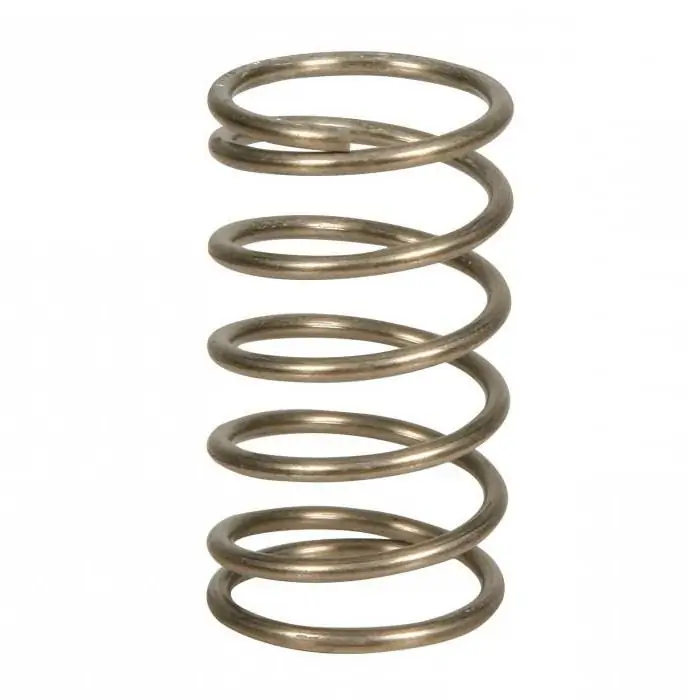
Currently, a lot of different equipment runs on springs, leaf springs, etc. High demands are placed on these details. Spring steels are the appropriate material for their manufacture
Steel: composition, properties, types and applications. Composition of stainless steel
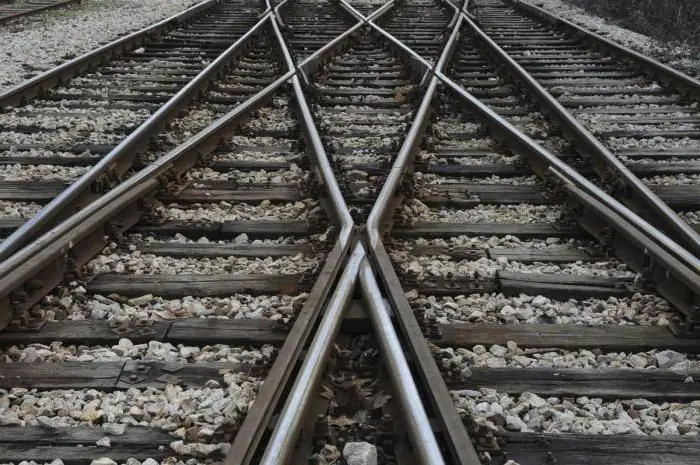
Today, steel is used in the vast majority of industries. However, not everyone knows that the composition of steel, its properties, types and applications are very different from the production process of this product
Characteristics of steel 65x13: properties, hardness. Reviews about knives made of steel 65x13
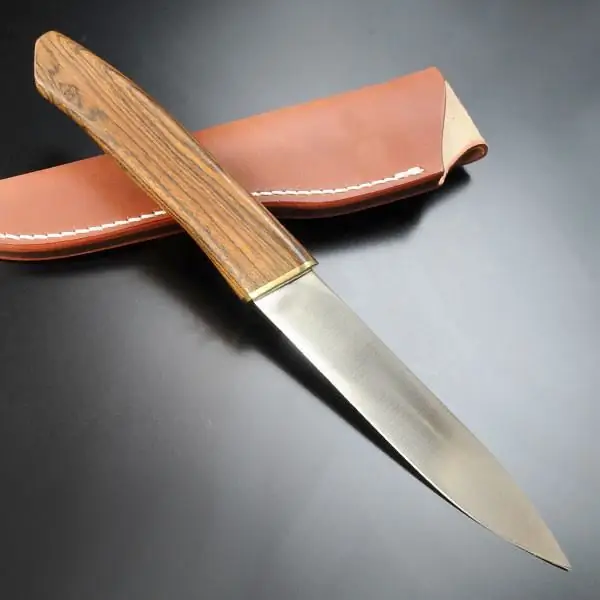
In modern metallurgy, a huge number of steels are used. Their characteristics, as well as the variety of nomenclature, are truly immense
440 steel - stainless steel. Steel 440: characteristics
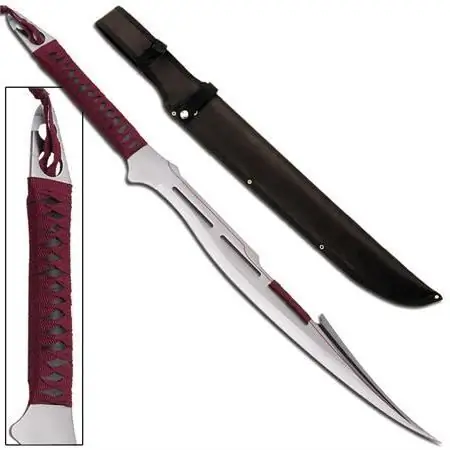
Many people know 440 steel. It has established itself as a reliable, anti-corrosion, time-tested hard material, which is most often used for the manufacture of knives for various purposes. What is the secret of this alloy? What are its chemical, physical characteristics and applications?

